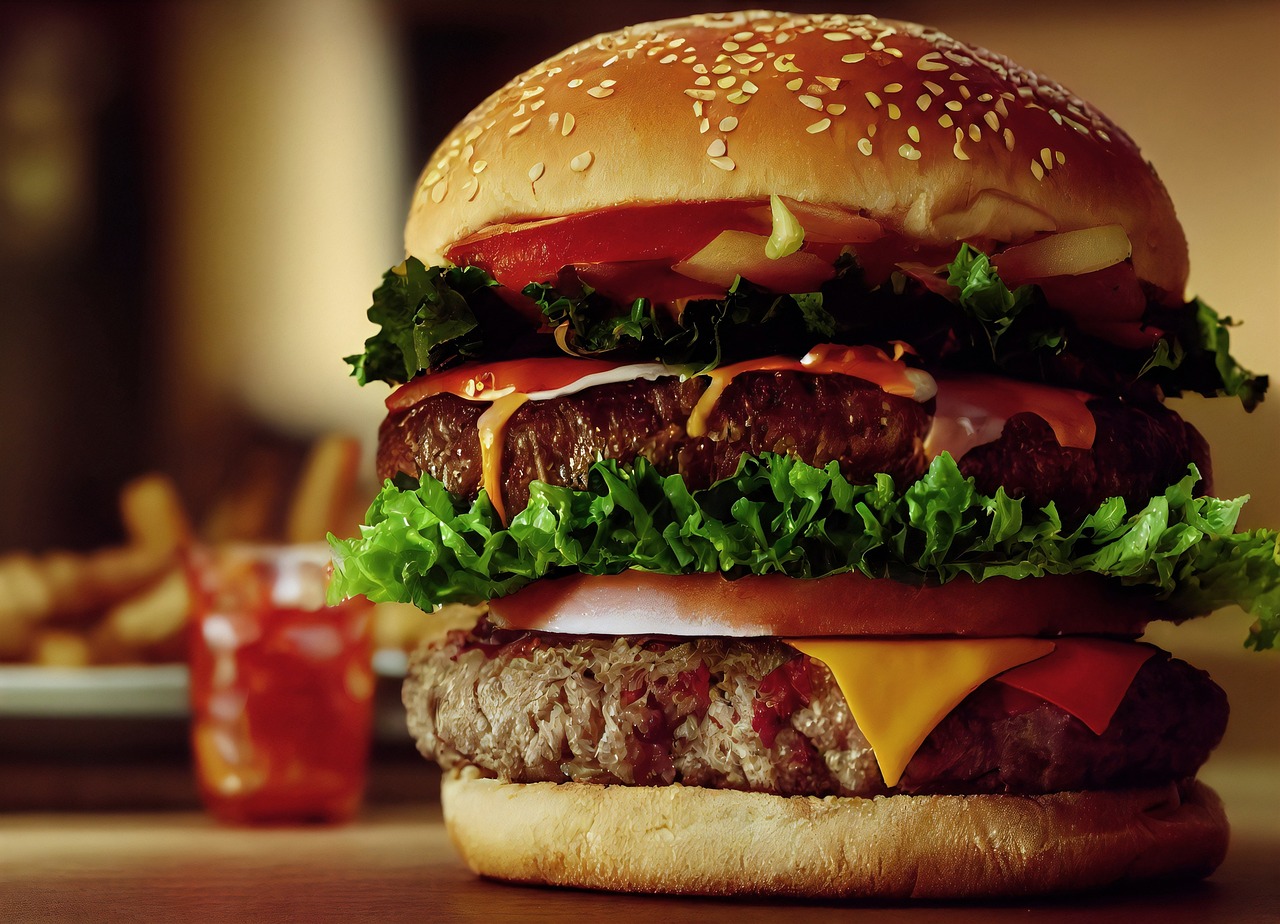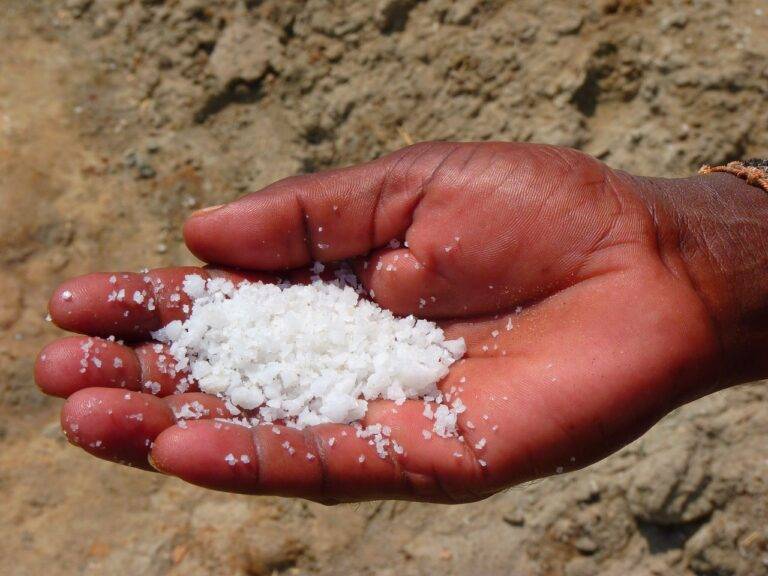The Evolution of Food Packaging Materials: Innovations in Biodegradability
Plastic, one of the most commonly used food packaging materials, poses a significant threat to the environment due to its non-biodegradable nature. It takes hundreds of years to decompose, leading to pollution of landfills and oceans. The production of plastic also contributes to greenhouse gas emissions, further exacerbating the environmental impact.
In contrast, materials like paper and cardboard, though more eco-friendly than plastic, still require vast amounts of resources like water and energy for production. Additionally, the demand for these materials results in deforestation and habitat destruction, leading to loss of biodiversity. Finding a balance between protecting the environment and meeting the demands of the packaging industry remains a considerable challenge.
Regulations and Policies Regarding Biodegradable Packaging
Both national governments and international bodies have been actively working towards implementing regulations and policies to encourage the use of biodegradable packaging materials. These regulations aim to reduce the environmental impact of traditional packaging materials by promoting the use of biodegradable alternatives. Moreover, these policies seek to create a more sustainable packaging industry that is in line with global efforts to combat climate change and reduce plastic pollution.
Additionally, many countries have introduced extended producer responsibility (EPR) programs that hold manufacturers accountable for the end-of-life disposal of packaging materials, including biodegradable ones. These programs incentivize businesses to adopt biodegradable packaging solutions and ensure proper waste management practices are in place. By imposing such regulations and policies, governments are taking proactive steps to transition towards a more eco-friendly packaging industry that prioritizes environmental conservation and sustainability.
What is biodegradable packaging?
Biodegradable packaging is packaging material that can naturally decompose into organic materials when disposed of, reducing the environmental impact compared to traditional packaging materials.
How does food packaging impact the environment?
Food packaging can have a significant impact on the environment due to the use of non-biodegradable materials that contribute to waste and pollution. Biodegradable packaging offers a more sustainable alternative.
What are the regulations and policies regarding biodegradable packaging?
Various countries and regions have implemented regulations and policies to promote the use of biodegradable packaging and reduce the environmental impact of packaging materials. These may include requirements for labeling, standards for biodegradability, and incentives for businesses to adopt sustainable packaging practices.
Why is it important to use biodegradable packaging?
Using biodegradable packaging helps reduce the amount of waste generated from packaging materials, minimizes pollution, and promotes sustainability in the food industry. It also provides consumers with a more environmentally friendly option for packaging.
What are some examples of biodegradable packaging materials?
Examples of biodegradable packaging materials include compostable plastics, paper, cardboard, and plant-based materials such as cornstarch and sugarcane. These materials break down naturally in the environment, reducing the impact on ecosystems.





